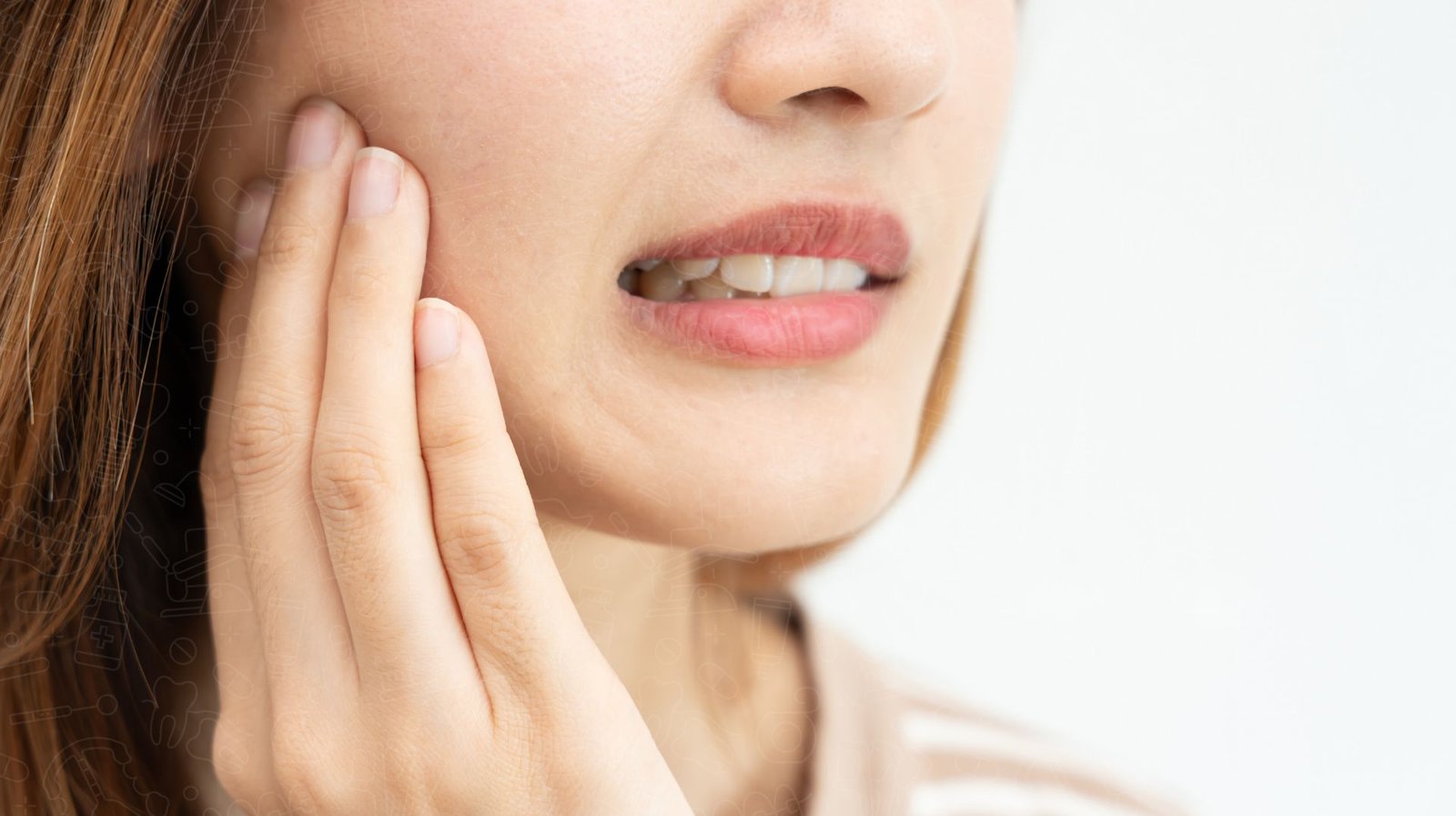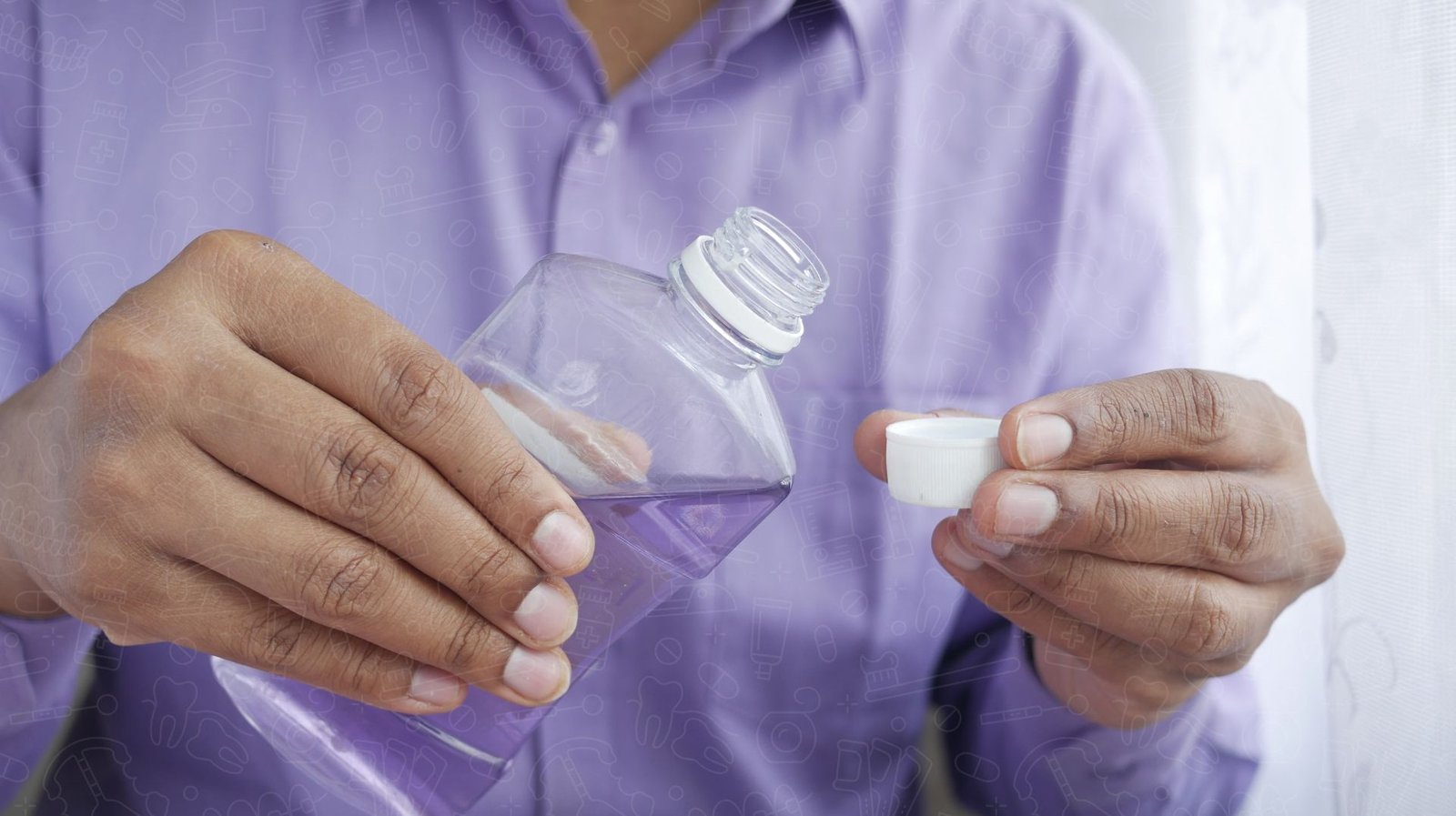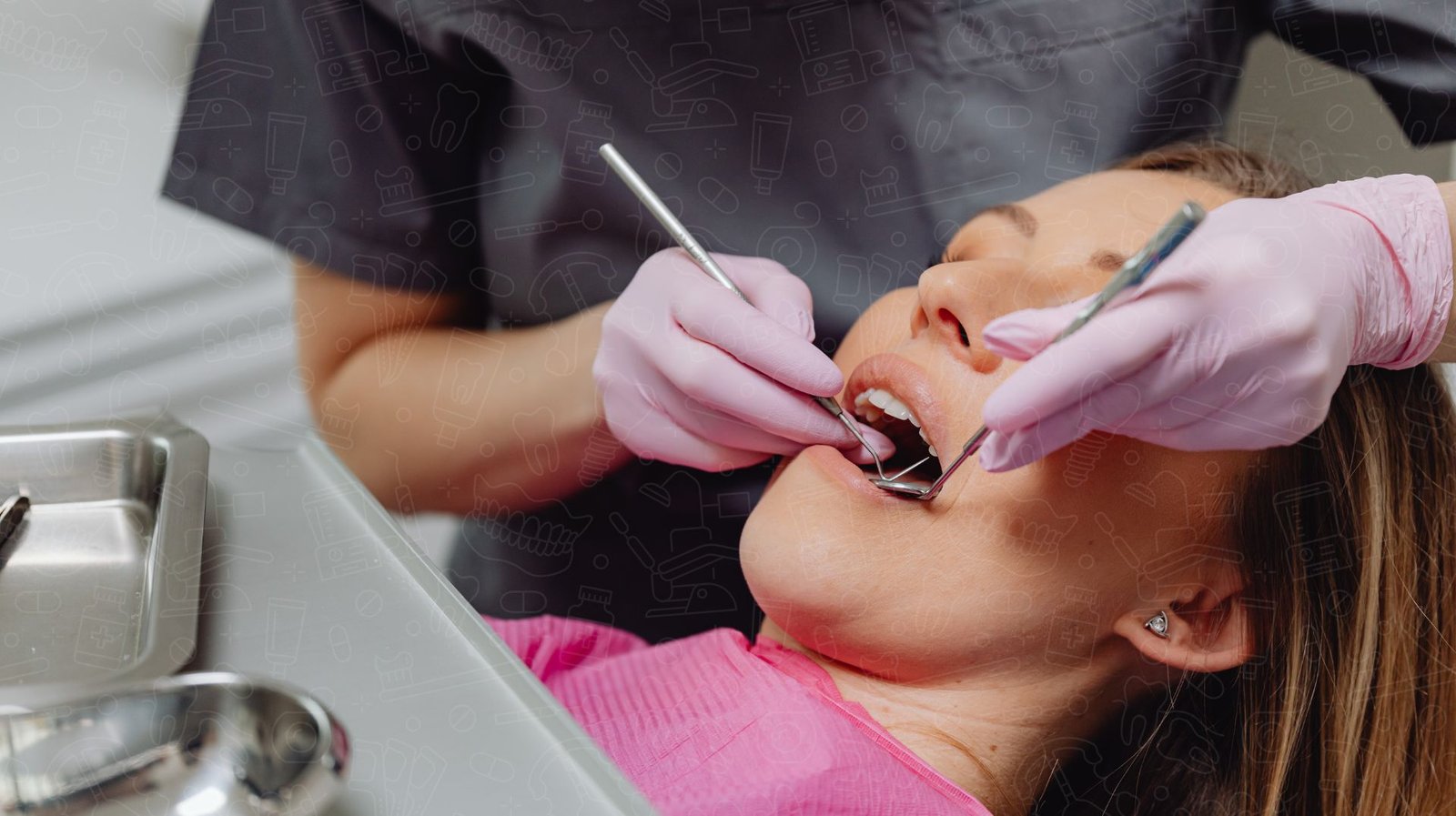Introduction
Invisalign aligners offer a discreet, effective way to achieve a straighter smile without the visibility of traditional braces. Made from clear, medical-grade plastic, they’re designed to fit snugly over your teeth for a seamless appearance. However, maintaining their clarity and effectiveness requires consistent care. Proper Invisalign maintenance and cleaning are essential not only to keep the aligners transparent but also to prevent bacteria buildup, unpleasant odors, and potential oral health issues. This guide focuses on best practices for cleaning and maintaining Invisalign aligners, ensuring they stay hygienic, functional, and ready to support your journey to a perfect smile.
Why Invisalign Maintenance and Cleaning is Crucial
Invisalign maintenance and cleaning are vital for keeping your aligners effective and your oral health intact. Clean aligners preserve their transparency, ensuring a discreet appearance throughout your treatment. Proper care prevents bacteria buildup, which can lead to bad breath, discoloration, and even oral health issues like cavities or gum disease. Neglecting maintenance can also result in odors and compromised aligner fit, affecting the treatment’s progress.
Since Invisalign aligners are a significant investment, maintaining them protects both your smile and your wallet. Damaged or improperly cleaned aligners may require costly replacements or delay your orthodontic journey. By prioritizing Invisalign maintenance and cleaning, you ensure optimal results, prolong the aligners’ lifespan, and enjoy a fresher, healthier smile throughout the process.
Daily Invisalign Maintenance and Cleaning Routine
A consistent daily routine is key to effective Invisalign maintenance and cleaning. Following these steps ensures your aligners remain hygienic, transparent, and functional throughout your treatment.
-
Morning and Evening Cleaning Tips for Invisalign Maintenance and Cleaning
Begin and end your day by rinsing your Invisalign aligners with lukewarm water. This helps remove accumulated debris or saliva. Use a soft-bristle toothbrush with non-abrasive toothpaste or an aligner-specific cleaning solution to gently clean the aligners. Avoid harsh chemicals or abrasive toothpaste, as these can damage the aligners or leave residue. A thorough yet gentle cleaning routine ensures your aligners stay clear and odor-free.
-
During Meals
Always remove your aligners before eating or drinking anything except water. Food particles or sugary drinks can stain and damage the aligners, compromising their transparency and cleanliness. To protect them, store your aligners in a protective case when not in use. Avoid wrapping them in tissues or napkins, as this can lead to accidental misplacement or contamination.
-
After Meals
After eating, brush and floss your teeth thoroughly before reinserting the aligners. This prevents food particles and bacteria from being trapped against your teeth, reducing the risk of cavities and gum problems. Clean teeth and aligners work together to maintain your oral health and ensure effective Invisalign treatment.
By incorporating these habits into your daily routine, you’ll keep your Invisalign aligners clean, clear, and ready to deliver optimal results. Prioritizing Invisalign maintenance and cleaning not only safeguards your investment but also helps you achieve the confident, healthy smile you deserve.
Deep Cleaning Techniques for Clear Aligners
Deep cleaning is an essential part of Invisalign maintenance and cleaning to ensure your aligners stay clear, odor-free, and hygienic. While daily cleaning removes surface debris, deep cleaning eliminates stubborn buildup and bacteria that accumulate over time.
Using Invisalign Cleaning Crystals
Invisalign cleaning crystals are specially designed to thoroughly clean and disinfect your aligners. Simply dissolve the crystals in water according to the package instructions and soak your aligners for 15-30 minutes. This method removes plaque, bacteria, and stains while maintaining the aligners’ transparency.
Homemade Cleaning Solutions
If cleaning crystals are unavailable, homemade options can be equally effective. A diluted white vinegar solution (1 part vinegar to 3 parts water) is a natural and safe way to disinfect aligners. Another option is a baking soda solution, mixing one teaspoon of baking soda with a cup of water. Soak aligners for 15-30 minutes, then rinse thoroughly with lukewarm water.
Frequency of Deep Cleaning
Deep cleaning should be done at least once a week to keep aligners in optimal condition. For individuals prone to heavy plaque buildup or staining, twice-weekly deep cleaning may be necessary.
Incorporating deep cleaning into your routine ensures long-term hygiene and effectiveness, enhancing your Invisalign treatment experience.
Dos and Don’ts of Invisalign Maintenance and Cleaning
Maintaining your Invisalign aligners properly requires understanding the key dos and don’ts to ensure they remain clean, clear, and effective. Adhering to these best practices ensures optimal results from your treatment while protecting your oral health.
Dos for Invisalign Maintenance and Cleaning
- Clean Aligners Daily and After Eating
Regular cleaning is essential to remove bacteria, plaque, and food particles that accumulate on your aligners. Rinse them with lukewarm water and gently clean with a soft-bristle toothbrush using non-abrasive toothpaste or an aligner-safe cleaning solution. - Use Lukewarm Water
Always use lukewarm water for rinsing and cleaning your aligners. Hot water can distort the aligners’ shape, making them ineffective for your treatment. - Carry an Aligner Case at All Times
Always store your aligners in a protective case when not in use. This prevents damage, contamination, or loss. Avoid wrapping them in tissues or napkins, as they can be easily mistaken for trash.
Don’ts for Invisalign Maintenance and Cleaning
- Avoid Using Harsh Chemicals
Harsh chemicals like bleach, scented soaps, or household cleaners can damage the aligners’ surface, leaving harmful residues and affecting their transparency. Stick to cleaning solutions specifically designed for aligners or safe homemade options. - Never Clean Aligners with Hot Water or Abrasive Materials
Hot water can warp your aligners, while abrasive materials like gritty toothpaste or hard brushes can scratch their surface. These damages not only compromise the aligners’ function but also make them less discreet. - Do Not Leave Aligners Exposed to Open Air
Leaving your aligners out in the open exposes them to bacteria, dust, and potential damage. Prolonged exposure can also lead to discoloration and odors. Always store them in a clean, dry aligner case when not in use.
By following these dos and don’ts, you’ll enhance the effectiveness of your Invisalign treatment while ensuring your aligners stay hygienic and clear. Prioritizing Invisalign maintenance and cleaning helps you achieve the best possible results, keeping your journey to a straighter smile on track.
Common Mistakes to Avoid
Proper Invisalign maintenance and cleaning are crucial for ensuring the effectiveness and hygiene of your aligners. However, common mistakes can undermine your treatment and oral health. Avoiding these pitfalls helps keep your aligners clear, functional, and effective.
-
Neglecting to Clean Aligners Daily
Skipping daily cleaning can lead to bacteria buildup, causing unpleasant odors, discoloration, and potential oral health issues like cavities or gum disease. Make it a habit to clean your aligners every morning, evening, and after meals using lukewarm water and a soft-bristle toothbrush with aligner-friendly cleaning solutions.
-
Using Toothpaste with Whitening Agents
Toothpaste with whitening agents or abrasive particles can scratch or damage the smooth surface of Invisalign aligners, making them less transparent and more prone to bacteria buildup. Always use non-abrasive cleaning products specifically designed for aligners or mild alternatives like diluted vinegar or baking soda solutions.
-
Storing Aligners in Tissues or Napkins
One of the most common mistakes is placing aligners in tissues or napkins when removed. This increases the risk of losing or contaminating them. Instead, carry a protective aligner case at all times to safely store your aligners whenever they’re not in use.
By avoiding these mistakes, you’ll maintain the quality and hygiene of your Invisalign aligners while staying on track with your treatment plan.
Maintaining Oral Hygiene Alongside Invisalign
Maintaining oral hygiene alongside Invisalign treatment is essential for a healthy smile and successful results. Invisalign aligners cover your teeth for most of the day, creating a potential environment for bacteria buildup if oral hygiene is neglected. By integrating proper care into your routine, you can prevent tooth decay and gum issues.
Brushing and Flossing
Brush your teeth at least twice a day and floss daily to remove plaque and food particles from between teeth and along the gumline. This ensures that bacteria don’t get trapped under the aligners, which could lead to cavities or gum inflammation. Always clean your teeth thoroughly before reinserting your aligners after meals.
Using Fluoride Mouthwash
Incorporate a fluoride mouthwash into your oral care routine for added protection against cavities. Fluoride strengthens tooth enamel and helps neutralize harmful acids, keeping your teeth healthy during treatment.
Regular Dental Check-Ups
Schedule regular visits with your dentist for professional cleanings and to monitor your oral health. These check-ups help identify any issues early, ensuring your teeth and gums remain in optimal condition throughout your Invisalign journey.
By combining proper oral hygiene with Invisalign maintenance and cleaning, you’ll achieve a straighter, healthier smile.
When to Replace or Consult Your Orthodontist
Knowing when to replace your aligners or consult your orthodontist is a critical part of Invisalign maintenance and cleaning. Damaged or ineffective aligners can hinder your treatment progress.
Signs Your Aligners Need Replacement
If your aligners develop cracks, significant discoloration, or a persistent odor despite proper cleaning, it’s time to replace them. These issues can affect fit, hygiene, and treatment effectiveness.
Regular Follow-Ups with Your Orthodontist
Routine orthodontic visits are essential for monitoring progress and ensuring your aligners fit correctly. These check-ups also allow your orthodontist to address any concerns, adjust your treatment plan, or provide new aligners as needed.
Troubleshooting Cleaning or Wear Issues
If you notice difficulty in cleaning your aligners or experience discomfort while wearing them, consult your orthodontist promptly. They can provide guidance on proper cleaning techniques and evaluate whether the aligners are still effective.
By staying proactive and informed, you’ll keep your Invisalign journey on track.
Conclusion
Invisalign maintenance and cleaning are essential for preserving oral health and ensuring the effectiveness of your treatment. A consistent daily cleaning routine helps prevent bacteria buildup, discoloration, and odors, keeping your aligners clear and functional. Regular care also protects your investment and ensures you stay on track toward achieving a straighter smile.
Commit to proper aligner maintenance and seek professional guidance when needed to address any issues promptly. With diligent care, you’ll enjoy a seamless treatment experience and optimal results. Keep your aligners clear, your smile bright, and your journey to straighter teeth on track!





